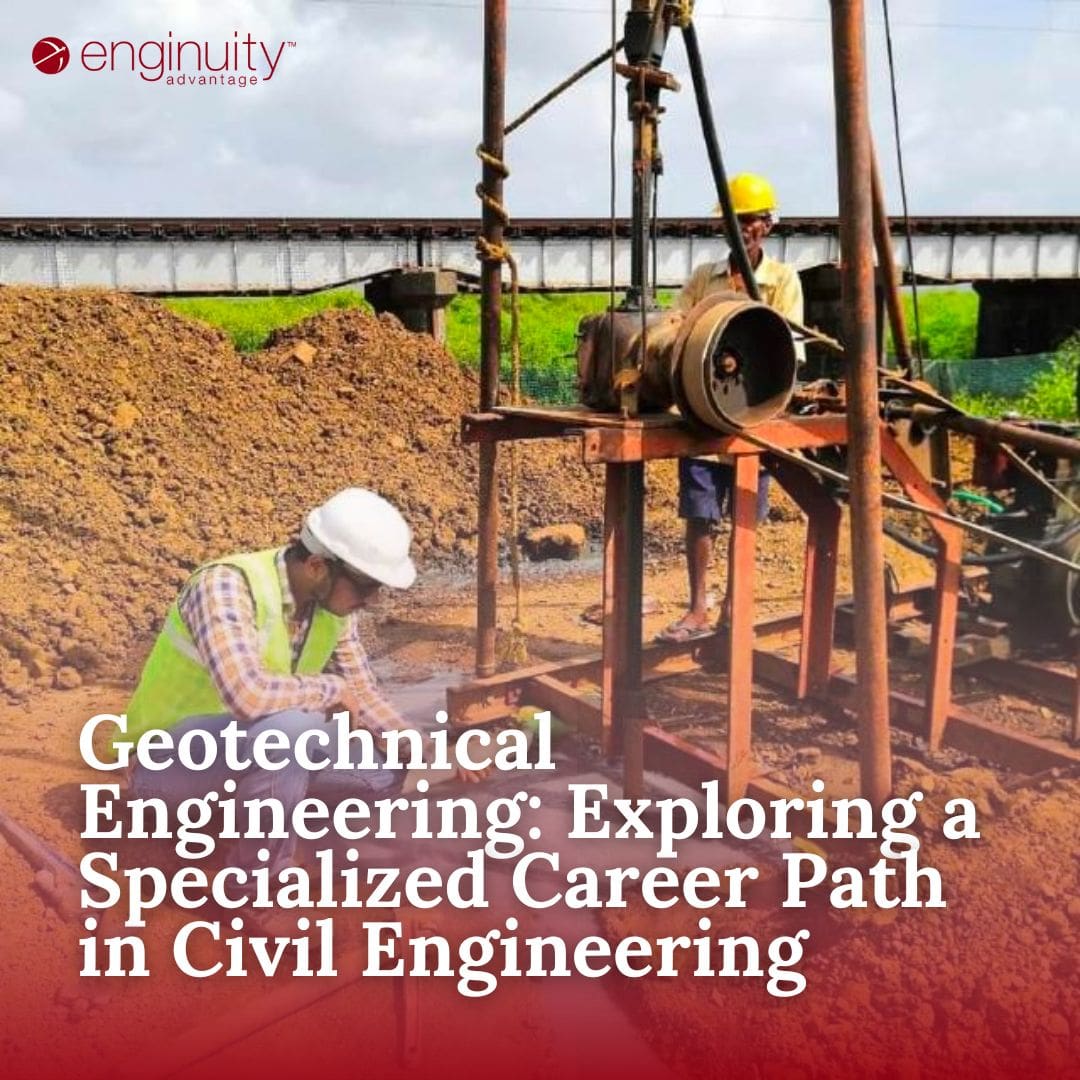Geotheta Can Be Fun For Anyone
Geotheta Can Be Fun For Anyone
Blog Article
How Geotheta can Save You Time, Stress, and Money.
Table of ContentsA Biased View of GeothetaSome Ideas on Geotheta You Need To KnowSome Known Questions About Geotheta.10 Simple Techniques For Geotheta
They team up with civil engineers, architectural designers, designers, and other specialists to incorporate geotechnical factors to consider into the total job design and building process. This needs efficient teamwork, coordination, and interaction to guarantee that the geotechnical elements line up with the project purposes and satisfy regulative requirements.Mining & Materials Design: Principles of exploration, infiltration rates, and variables influencing the selection of drilling technique. Features of explosives, shooting systems and blast patterns. Blowing up strategies in surface and below ground functions. Special blowing up strategies at excavation boundaries. Resonance and sound control. Mechanical and constant approaches to fragmentation, consisting of longwall shearing and fullface boring.
Modelling of piece and particle dimension distributions; comminution as a transfer function. Comminution innovation: squashing, grinding, size category. Integrated analysis of fragmentation and comminution procedures. Provided by: Mining & Products Design.
The Best Guide To Geotheta
Bachelor's degree programs in civil, geotechnical, geological, and environmental design commonly last 4 years and consist of basic education and learning programs in English, social scientific research, and the humanities, in addition to training courses in innovative mathematics, structural geology, and fluid mineralogy. (https://dc-state.cataloxy.us/firms/dc-anacostia/geotheta.com.htm)
Geotechnical design entails the assessment of the dirt and rock conditions at a particular site, and their ramifications for the advancement of that site. As most frameworks rely upon the ground for support, it lacks surprise that a detailed understanding of the ground conditions, and the suitability of structure systems, are vital to the long-lasting security and efficiency of the structure or structure.
Specialising in the investigation of geological formations and ground practices, geotechnical designers do clinical examinations and testing to recognize the effect these geological developments might have on the design and construction of structure, civil and framework projects. This know-how is important for the design and building and construction of buildings, roadways, tunnels, dams, bridges, and water supply and sewer system.
The geotechnical group at Douglas Allies consistently seek advice from engineers, style engineers, programmers, and contractors to make referrals on layout and development proposals to make sure that the constructed structures are accordingly created for the ground problems. As an example, the layout of footing systems needs to take into consideration the weight of the structure, the capability of the ground to support that weight along with activity resistances and efficient construction.
Not known Facts About Geotheta
This task is substantially simplified by the usage of our Douglas Map geospatial system that makes this info readily accessible in a very easy to utilize internet internet browser user interface. A geotechnical engineer will certainly guide the drilling of boreholes and test pits to accumulate soil and other examples, and likewise examine surface area attributes and ground direct exposures to create a geotechnical version of the subsurface conditions.
Relying on the project type and ground conditions encountered, lab testing may to name a few points assess stamina, compressibility, reactivity and/or leaks in the structure of dirt and rock examples. Hereafter information is gathered and collated, the outcomes are used for a geotechnical design of the website, which is typically provided as sections throughout the site.

A geotechnical examination by nature can only examine the ground problems at the locations pierced or excavated. Natural variants in soil and rock conditions can happen throughout a site and in between test locations. It is as a result great technique that the geotechnical designer be preserved throughout building and construction of the task to supply on-site confirmation that the ground conditions come across follow the expectations and suggestions offered in the geotechnical investigation report.
Fascination About Geotheta
Geotechnical engineers use their thorough understanding of soil and rock to assess risk and address issues on varied facilities projectsGeotechnical engineering is a specialist branch of civil design which takes a look at the behaviour of planet materials and the application of soil and rock mechanics. Consulting Engineers. As a geotechnical designer, try this site you will assess the physical, mechanical and chemical residential or commercial properties of soil and rock in order to make structures, preserving structures and earthworks
Geotechnical design is carefully linked to and overlaps with, both design geology and ground engineering - https://geotheta.edublogs.org/2024/08/02/unlocking-the-world-of-geotechnical-engineers-with-geotheta/. It's possible to be experts in geotechnics or benefit a geotechnical company yet be understood as a design rock hound or a ground designer. As a geotechnical engineer, you'll need to: construct and keep relationships with customers and other experts included in the site, throughout each projectmaintain safety criteria on site bear in mind expense ramifications when you make recommendationsstudy geological maps and aerial pictures from a series of resources and from different time periodsexamine building intends to see just how practical they are based on your understanding of the siteinvestigate threats or geological threats for the sitesearch for ecologically sensitive attributes, such as garbage dump start to create accurate and interpretive ground modelsplan area investigationsdrill and analyse examples of bedrock, soil, groundwater and added materials oversee other specialists on sitesolve technical issues as they develop, such as unexpected structures at drill sitesmonitor conditions throughout and after construction to make certain frameworks are secure in the short and lengthy termadding information accumulated on site to your first researchcreating geotechnical estimations, drawings, and two or three-dimensional computer designs translating the datamaking recommendations concerning the proposed usage of the website

Report this page